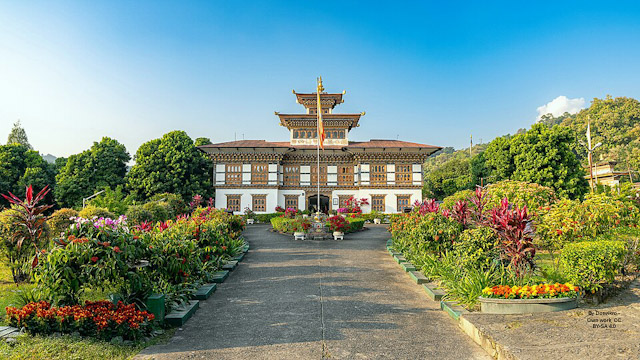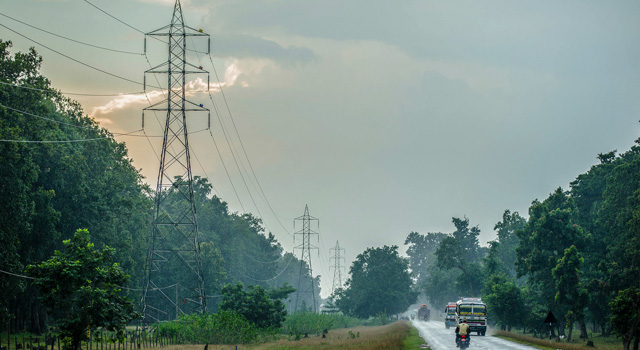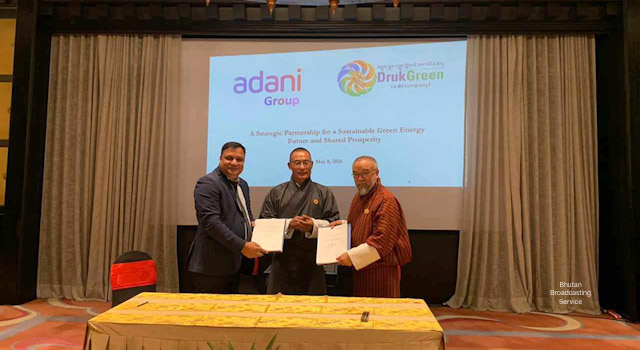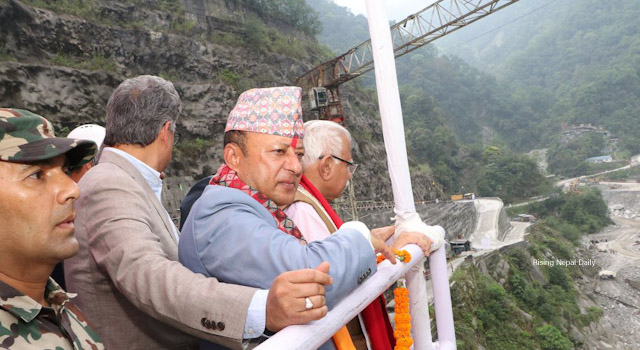
Nepal Electricity Authority to Cut System Loss to 10%
21 February 2015

The Nepal Electricity Authority (NEA) aims to reduce current system loss to 10% by 2020 through the introduction of several technical and non-technical measures, including automated meter reading for households, geographic information system-based monitoring and management of the energy supply, additional substations and transformers, and unbundling of development and operation of electricity transmission lines.
NEA's total energy generation loss in 2013-2014 stood at 25%, worth around $113 million. Illegal electricity lines and meter tampering cost the company around 9% of total losses. NEA Deputy Managing Director, Mr. Ramchandra Pandey said a Distribution Master Plan and Loss Reduction Master Plan is being drafted to mitigate the losses. NEA plans to finalize these within a year and a half, and implement the measures immediately.
National Transmission Grid Company
The government of Nepal also recently announced its decision to form a National Transmission Grid Company (NTGC). First mooted under the Hydropower Development Policy 2001, the NTGC will ease the workload of NEA by taking over development and operation of transmission lines. The legal framework for the formation of the commission is currently in drafting phase.
The planned NTGC will have a six-member board, with one director from NEA, another director chosen by public shareholders, and four directors nominated by different ministries. The proposed company will have authorized capital of about $405 million and issued capital of about $81 million. Nepal's Ministry of Energy will own 700,000 units of shares, NEA will hold 500,000, and the Ministry of Finance will own 400,000 units. Other ministries, including the Ministry of Forest and Soil Conservation, Ministry of Environment, Science and Technology, Ministry of Land Reforms and Management, Ministry of Information and Communications, Ministry of Defense and Ministry of Home Affairs, will own 80,000 units of shares each. Public offering of the shares is still being decided.
Nepal's private sector welcomes the decision to form the transmission grid company. The president of Independent Power Producers' Association Nepal, Mr. Khadga Bahadur Bisht said he hopes the company will ensure developers equal access to transmission lines.
Delay in construction of transmission line projects affects energy generation of hydropower projects in the country. Energy lost during transmission also accounts for around one-fourth of total system supply.
Additional Renewable Energy Supply
NEA also plans to add 25 megawatt of solar power in its supply system within a year through an Energy Efficiency Project with the World Bank. The $130 million credit will develop grid-connected solar farms, as well as fund the master plans for distribution and loss reduction.
NEA is currently implementing the Energy Access and Efficiency Improvement Project under the South Asia Subregional Economic Cooperation (SASEC) program with assistance from the Asian Development Bank. Approved in November 2009, the $93.7 million project promotes cross-border energy exports, and strengthens distribution networks to facilitate additional consumer connections and increased energy efficiency. Outcomes include rehabilitation of Marshyangdi and Gandak hydropower stations, and installation of capacitor banks, distribution substations, and distribution switching stations.
Related Links:










